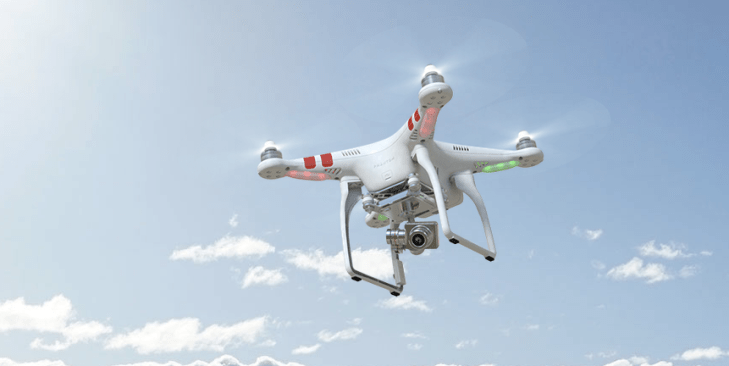DJI, the maker of the drone which crashed on the White House lawn last month, is rolling back the software update that was designed to prevent flights over much of Washington D.C., citing “a small number of reported issues” with the software download. The update was pushed out fairly quickly after the national security incident, and used geo-fencing to prevent drones from taking off within restricted flight zones, and flying around the Washington D.C. metropolitan area.
The software, which was released for the company’s Phantom 2, Phantom 2 Vision and Phantom 2 Vision+ drones, added a “no-fly” zone that was centered on Washington D.C. and then extended for a 15.5 million radius in all directions. It disabled Phantom pilots from being able to both take off and fly in the restricted airspace.
DJI said at the time that the restriction was part of its plan to expand its No Fly Zone system that prohibits drone flights near airports and other locations where flying is restricted by local authorities. This includes the over 10,000 airports registered with the International Air Transport Association, the company noted. It’s also planning an update that will prevent flying over national borders – a response to news of the drone found in Tijuana, Mexico which was meant to carry drugs over the U.S. border.
This most recent update is being pulled “proactively,” says DJI in an announcement posted to its website this morning, as well as on Twitter yesterday. The company is now asking users who have already updated to the new Phantom firmware (version 3.10) to reset their firmware to the prior version (3.08) immediately. Those who have not yet updated are also being asked to hold off on the upgrade and do nothing.
It’s possible that in light of the incident at the White House, DJI’s software was rolled out without as much testing, and that has contributed to the situation. We’ve asked DJI when it expects to have a corrected version of the new firmware available to end users, and what portion of the current user base has been negatively affected by the bug. We’ll update if the company responds.
Looks like #DJI have halted their latest firmware with Washington no fly zone, no doubt they’ve added a bug. pic.twitter.com/UjH76wFLfR
— UAVHive (@UAVHive) February 4, 2015
Update: More info on the bug from DJI is below.
“We received a small number of reports from users with internal measurement unit (IMU) issues after the latest upgrade (Phantom v3.10). Our system senses when the IMU is not calibrated and locks the Phantom from turning on its motors.We took the proactive step to take down v3.10 and encourage our customers to rollback their firmware while we resolve these reports so all Phantom pilots have the best possible flight experience.
I cannot share the numbers of users that have upgraded but Phantom firmware v3.10 had only been online for approximately two days before we took it down, so the proportion of Phantom users that already upgraded is small.
We are testing fixes for this issue currently to ensure pilots can fly confidently knowing the will not face this issue.”
